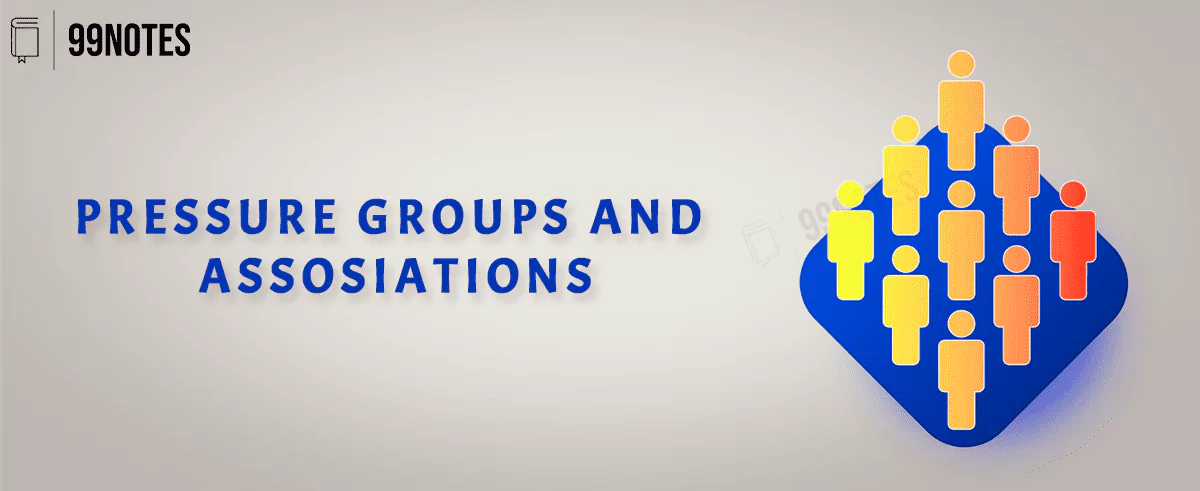Pressure groups and associations are organizations that are formed by individuals or groups of people to promote a particular cause or issue. They seek to influence the decisions of the government or other authorities by lobbying, campaigning, and engaging in other activities.
Pressure groups and associations may be classified into various types, such as interest groups, issue groups, and cause groups. Interest groups represent the interests of particular sectors or groups of people, such as business organizations, labor unions, and professional associations. Issue groups focus on specific issues, such as environmental protection, human rights, and animal welfare. Cause groups seek to promote a particular ideology or cause, such as feminism, pacifism, or animal rights.
In the context of the UPSC Civil Services Exam (CSE), candidates may be tested on their knowledge of pressure groups and associations and their functions, activities, and impact. It is therefore important for candidates to have a good understanding of these concepts and to be able to apply their knowledge to real-life situations.
Techniques Used By Pressure Groups
To achieve their objectives, pressure groups utilise three distinct strategies.
Placing in public office individuals who are favourable to the objectives the concerned pressure organisation intends to advance is an example of electioneering.
Lobbying entails persuading public officials, regardless of whether they are initially favourable toward the lobbyists or not, to adopt and implement the policies that the lobbyists believe will be most advantageous to their interests.
Influencing public opinion and so indirectly influencing the government, as public opinion in a democracy has a significant impact on the government.
Certain pressure groups share the following characteristics: Each pressure group organises itself with specific interests in mind and attempts to adapt the power structure of political regimes.
Use of Modern and Traditional Methods: They employ strategies such as supporting political parties, endorsing their close candidates during elections, and appeasing the bureaucracy. Their traditional methods for advancing their goals include using caste, creed, and religious sentiments.
As a consequence of growing pressure and demands on resources: The emergence of pressure groups is caused by the scarcity of resources, claims and counterclaims on those resources from diverse and conflicting sectors of society, and the consequent competition for those resources.
Pressure Groups are largely the result of the deficiencies of the political parties.
Represent Changing Consciousness: For example, the expansion in food production or manufactured products alters how people and societies perceive the world. The stagnation of output results in pessimism, whereas production growth results in demands, demonstrations, and the establishment of new pressure groups.
To prepare for the CSE, candidates can read about different pressure groups and associations in India and their functions, activities, and impact. They can also practice answering questions on these topics and seek help if needed from their teachers or mentors.



